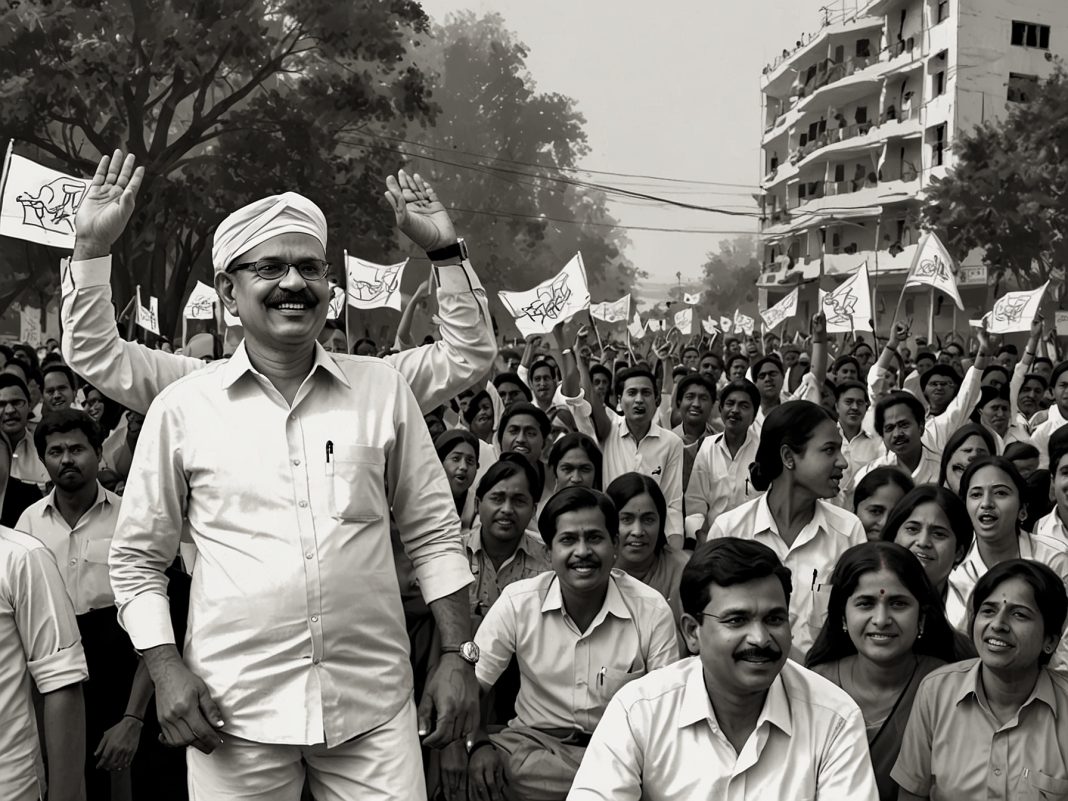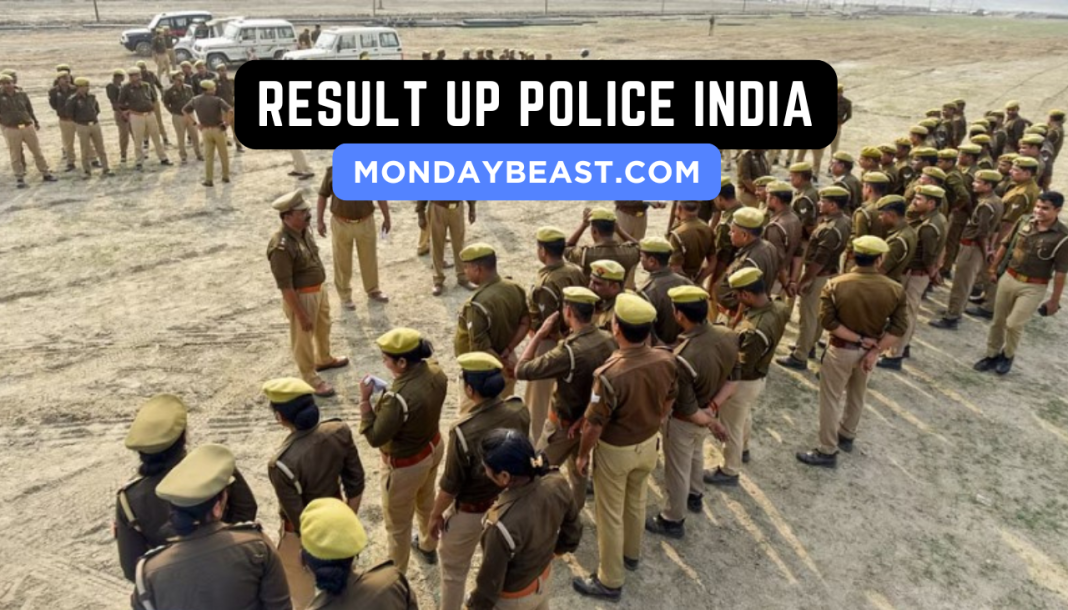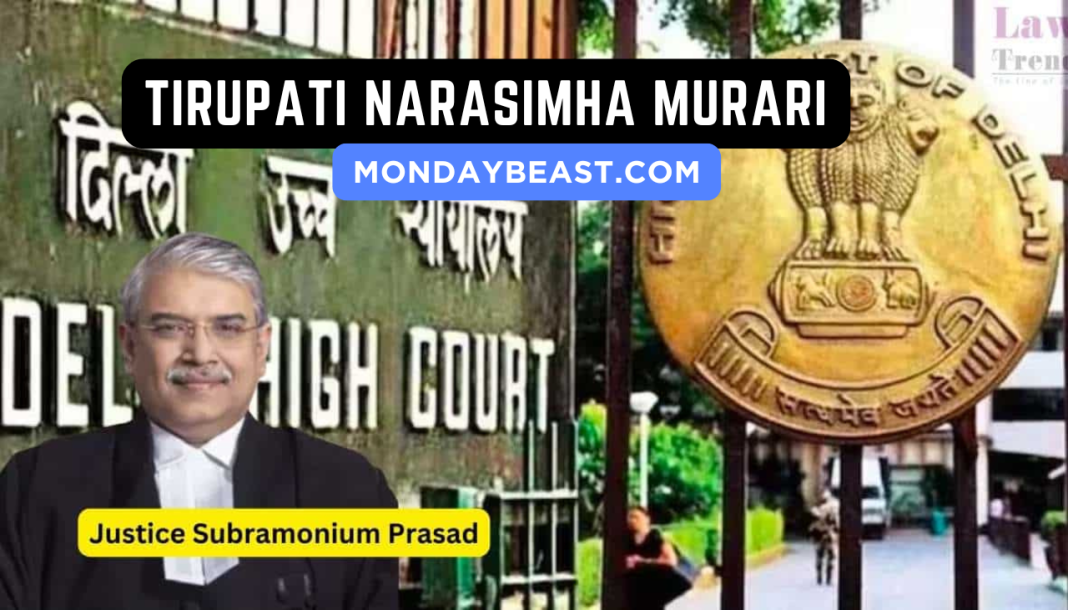Understanding Exit Poll Predictions
After the dust settles post-election, all eyes are glued to the exit polls. These polls can create waves, influencing how we perceive results before they are officially declared. With Maharashtra’s recent Assembly election, are these numbers more hype than hope? Five out of nine exit polls suggest that Mahayuti could take the lead. Conversely, three say no clear winner exists, while one points toward a solid advantage for Maha Vikas Aghadi. Does this uncertainty stir more anxiety than excitement?
The role of exit polls often ignites fierce debates. For instance, unanticipated outcomes in Haryana and Jammu and Kashmir left many voters scratching their heads. In Haryana, the Congress was placed ahead, while the BJP claimed victory in a surprise turn. Voter behavior remains enigmatic, which raises a burning question: can we ever truly trust these early predictions?
Mahayuti’s Confidence and Claims

Mahayuti leaders project optimism. Devendra Fadnavis, the outgoing Deputy Chief Minister, points to a significant increase in voter turnout. A 65% turnout could indicate support for the ruling coalitions, he argues. Is it possible that higher voter participation translates into success? Fadnavis insists that more votes favor his party, but I wonder if that assumption holds water.
Yet, the math feels peculiar. Higher turnout numbers in the past often foreshadow an incumbent’s struggle. As the statistics dance on the line between promise and peril, Fadnavis stands firm in his belief. But what drives this confidence? Is it faith in their policies or desperation to retain power? It remains a compelling conversation, reflecting broader themes in today’s politics.
Maha Vikas Aghadi’s Counterattack
Across the political arena, Maha Vikas Aghadi representatives do not back down easily. Sanjay Raut, an influential voice for the opposition, vehemently contests the legitimacy of these exit polls. He labels them as ‘fraud’ and confidently predicts victory for his coalition. Raut evokes past instances where polls misled voters and argues that opinions expressed at the voting booth are often more muted than they seem.
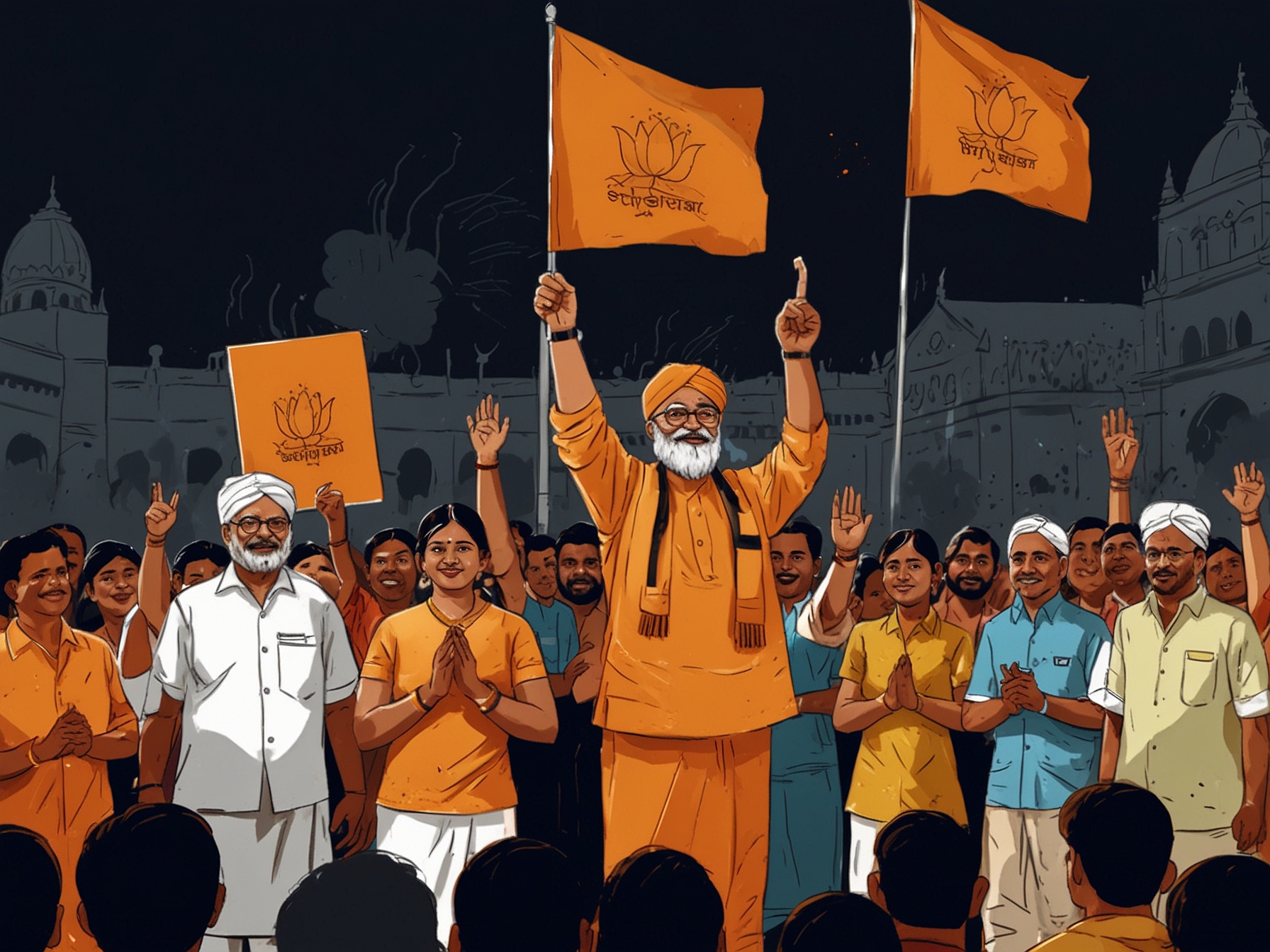
Could it be that people’s perceptions of political dynamics don’t align with what they reveal to pollsters? With examples of previous polls gone awry, Raut’s skepticism strikes familiar chords. He echoes sentiments that many voters may feel cautious about—can they truly trust these numbers?
Polarizing Perspectives
In this politically charged environment, rhetoric flows freely. Shaina NC, a prominent Shinde Sena leader, uses sharp wit to taunt rival parties. She insists that their predictions reflect their diminishing hopes. It’s a classic case of fighting fire with fire. This smack of humor lightens the otherwise heavy atmosphere. But does it resonate with the electorate?
Meanwhile, Nana Patole from the Congress party insists his coalition will emerge in triumph. His confidence stems from mounting voter dissatisfaction with the BJP. The increase in voter turnout lends credence to his claims, or so he believes. However, these contrasting narratives leave voters more confused. With so many varying claims, which side offers a genuine glimpse of reality?
Final Thoughts
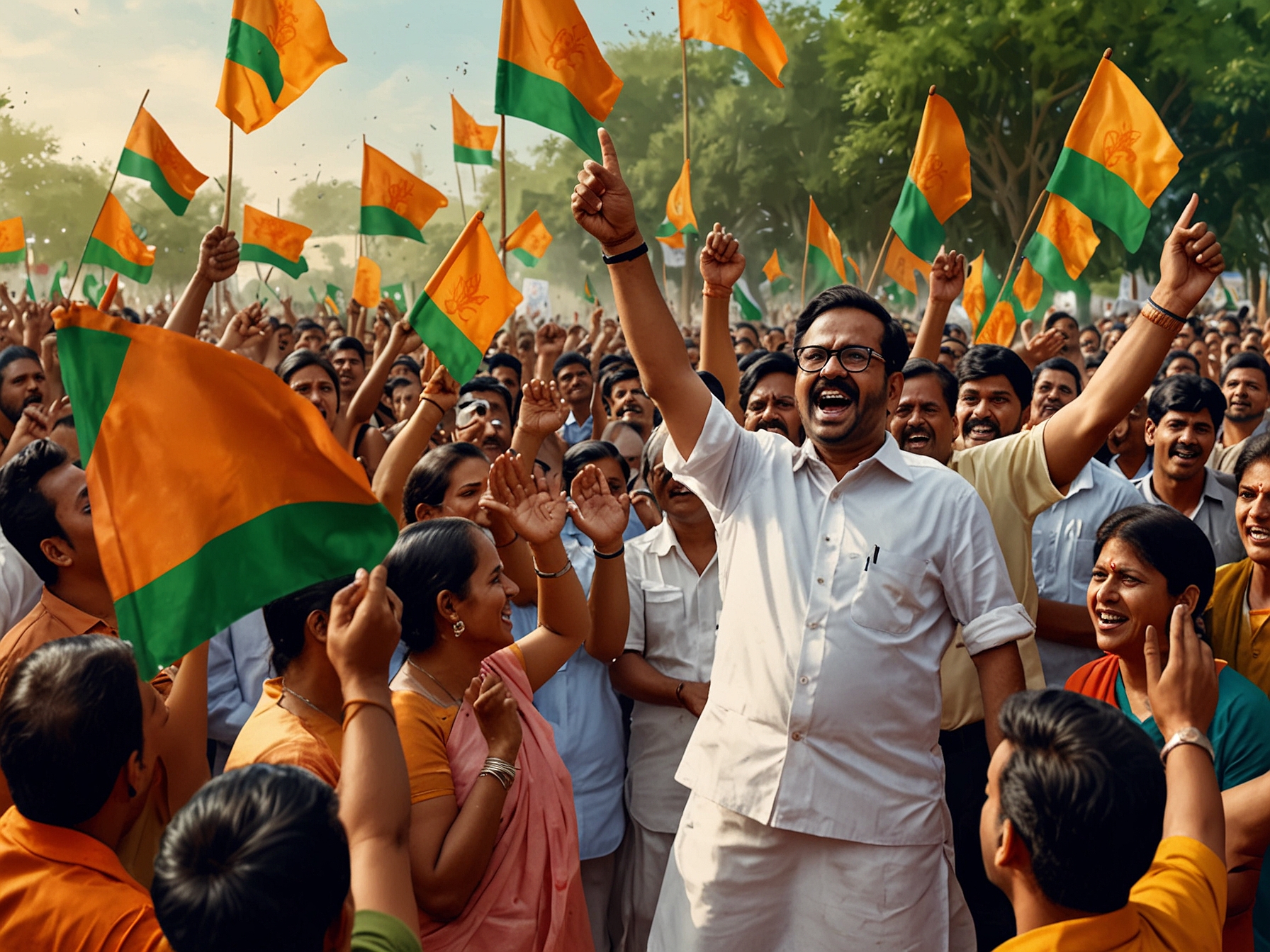
As Maharashtra counts down to final results, the battle of narratives intensifies. Each party strives to claim a victory before all votes are tallied. Exit polls serve as a battleground of opinions, but should they dictate perceptions? The watershed moment lies ahead. True winners may only reveal themselves when results pour in.

